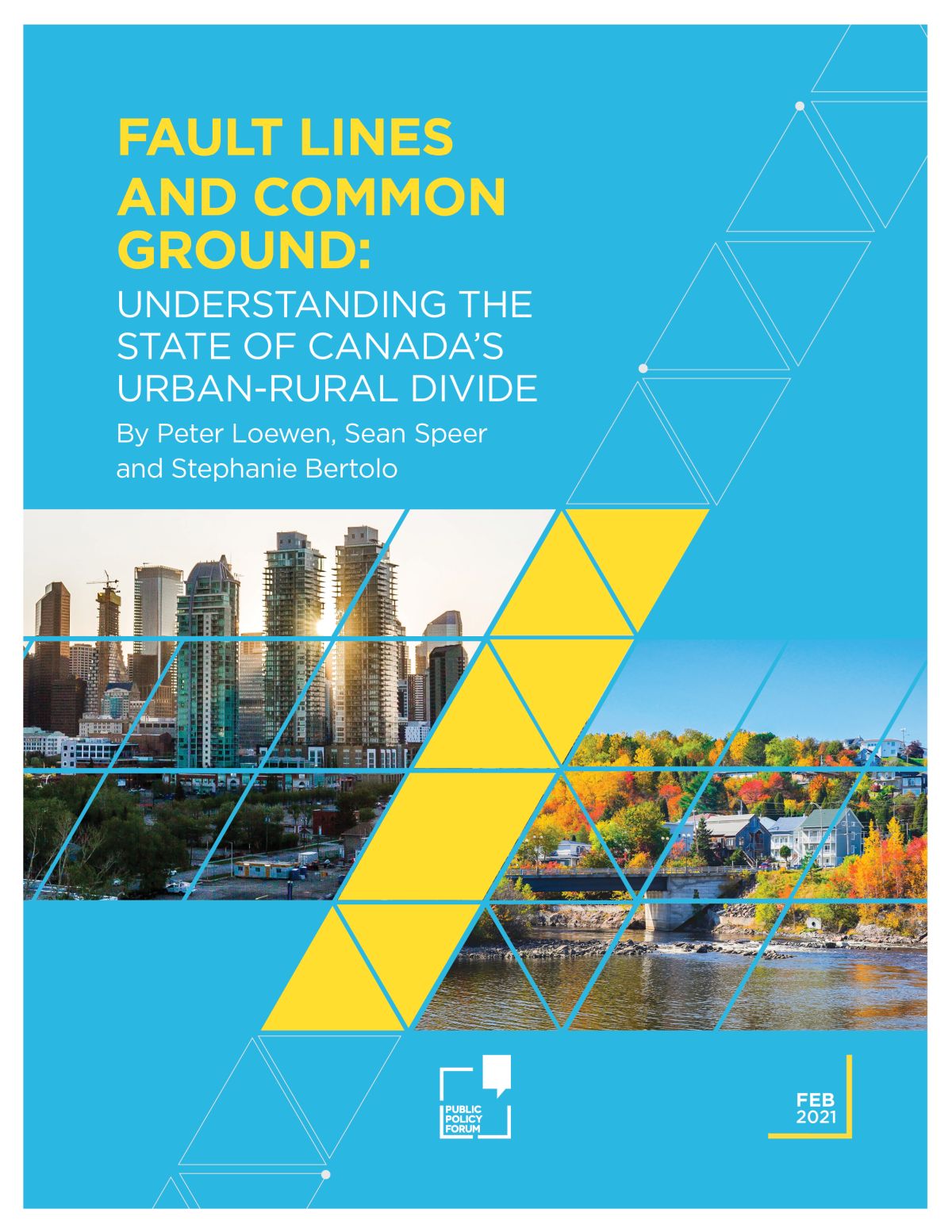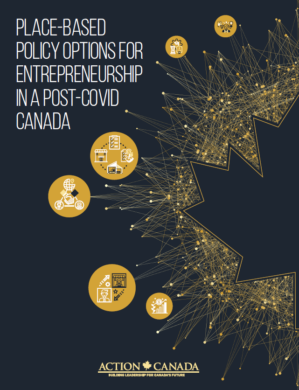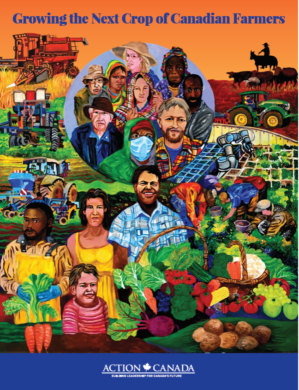
Fault Lines and Common Ground
Understanding the State of Canada's Urban-Rural Divide
Look out for upcoming analysis and recommendations on bridging the urban-rural divide
The recent U.S. presidential election (and its chaotic post-election tensions) highlight the risks of growing political polarization. This experience ought to be a wake-up call for policymakers and citizens of the destructive consequences of an “us” versus “them” political dynamic and how it may manifest itself in their jurisdiction.
One potential fault line in Canada is the urban-rural divide. Canadian policymakers must pay closer attention to divergent voting patterns among urban versus rural populations. Only by understanding what unites and divides us can policymakers hope to govern in a manner that is inclusive and responsive to all Canadians.
This report – the second in a two-part series on the urban-rural divide in Canada – aims to fill an empirical gap in what we know about how urban and rural Canadians think about political and policy issues. The first report sought to understand how urban and rural Canadians perceive the conditions and perspectives of one another. This one analyses the 2019 Canadian Election Study in an attempt to understand the viewpoints of these two groups on a wide range of political and policy topics.
Plenty of common ground
A deep dive into the data shows that most political and policy disagreements between urban and rural Canadians are a matter of degree rather than fundamental principle. In fact, rural and urban Canadians are on the same side of virtually every policy issue that the survey covers.
The data also reveal that urban and rural Canadians do not fit neatly into conventional left-right political frameworks. Unless we recognize these and other similarities in how the two groups think, we risk overstating their differences.
Some areas of divergence
Despite the common ground between urban and rural voters, some notable divergences exist. We must unpack these differences to cultivate greater mutual understanding in Canadian society, and to encourage more inclusivity and responsiveness in policy and governance. Areas of divergence between urban and rural Canadians include their opinions about the following:
- Partisan affiliation – As one example, roughly 40 percent of urban respondents believe the Liberal Party best reflects their views, compared to 28 percent of rural residents.
- State of the economy – About 47 percent of rural respondents believe the economy has gotten worse in the past year, compared to 35 percent of urban respondents.
- Environment and climate change – About 57 percent of urban respondents support stricter environmental regulations, compared to 47.9 percent of rural respondents.
- Immigration policy – Roughly 47 percent of rural respondents agree that Canada should admit fewer immigrants, compared to about 38 percent of urban respondents. The gap is similar on the question of admitting refugees to Canada.
- Values and tradition – About 57 percent of rural respondents think Canada would have fewer problems if there were more emphasis on tradition, compared to 47 percent of urban respondents.
- Trust in government – Roughly 72 percent of rural respondents agree that the government does not care about people like them, compared to about 64 percent of urban respondents.
 Fault Lines and Common Ground: Understanding the State of the Canada's Urban-Rural DivideDownload the Report
Fault Lines and Common Ground: Understanding the State of the Canada's Urban-Rural DivideDownload the Report
PPF is grateful to the RBC Foundation for its support of this Prime Ministers of Canada Fellowship.









